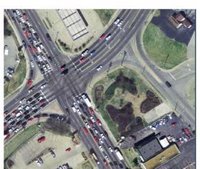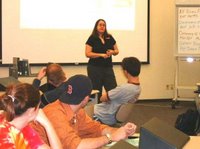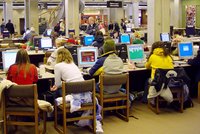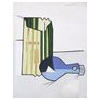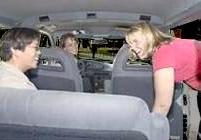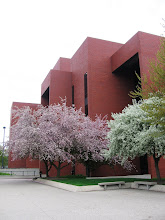Minority Voices in Middletown Oral History Collections
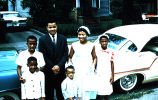
Oral histories provide an added dimension to the historical record that cannot always be found in written documents. Additionally, these personal narratives often provide historical evidence in the complete absence of any written record.
The Archives and Special Collections Research Center holds several oral history collections as part of the Middletown Studies Collection and the Stoeckel Archives of Local History. While all these audio interviews (and a few video interviews) illuminate the lives of Indiana citizens, several provide research material on populations that were neglected in the seminal studies conducted and published by sociologists Robert and Helen Lynd in the 1920s using Muncie as “Middletown,” a representative American community.
Five oral history collections provide insight into the lives of the African-American and Jewish communities in Muncie/Middletown.
- The Black Muncie History Project conducted in the 1970s by Hurley Goodall and Ball State professor J. Paul Mitchell includes 38 interviews with African-Americans in Muncie from 1971 to 1978.
- The Black Middletown Project done by researchers from the University of Virginia and Virginia Commonwealth University as part of the Middletown III project contains 54 interviews.
- The Other Side of Middletown collaborative ethnography project on Muncie’s African-American community conducted by Ball State professor Eric Lassiter and his students as part of a class through the Virginia Ball Center for Creative Inquiry resulted in 78 interviews.
- The Middletown Jewish Oral History Project I done in 1978-79 by Ball State professors C. Warren Vander Hill and Dwight Hoover, under the sponsorship of Mr. Martin Schwartz, has 21 interviews with Jewish residents who had lived in Muncie in the 1920s and 1930s.
- The Middletown Jewish Oral History Project II, a follow-up to the 1978-79 project also sponsored by Mr. Martin Schwartz, includes 24 interviews conducted by C. Warren Vander Hill with members of the Muncie Temple Beth El congregation.
In addition to African-Americans and Jewish residents, another group of Muncie citizens underrepresented in the original Middletown studies was the members of Catholic congregations. Collaboration between the Ball State University Libraries, the Center for Middletown Studies, St. Francis of Assisi Catholic Church, St. Lawrence Catholic Church, and St. Mary Catholic Church will produce a collection of interviews to add to Archives and Special Collections. Trained volunteers from each of the churches will conduct the interviews. Three Emeriti faculty (Nancy Turner, James MacDougall, John Weakland) from Ball State who attend the respective churches will coordinate the volunteers and the interview process. Dr. Michael Doyle, Associate Professor of History and Director of the Public History Internship Program, will conduct a workshop on “Oral History Methods” to train the volunteers.
Digital Voices
Digital technology makes it possible for the “voices of history” to be heard throughout the world without users having to visit an archives to listen to them on often deteriorating media such as cassette and reel-to-reel tapes.
The University Libraries are applying for a Library Services Technology Act digitization grant to purchase equipment and hire project personnel to digitize the “minority voices” from the Middletown oral history collections described above. The grant application also includes funds for conducting the Catholic churches’ oral histories.
To augment the “voices” that will be able to be heard from the digitized audio tapes, transcriptions will be provided for researchers. The digital collections will be included in the Digital Media Repository where they will be searchable and usable for teaching, learning, and research.
By being able to listen to these digital voices of the past anywhere, anytime, the students, faculty, and researchers at Ball State University and beyond will have a rich new source for study.
For information, contact John B. Straw, Director for Archives & Special Collections Research Center, JStraw@bsu.edu or (765) 285-5078.
This article was published in The Library Insider April 2006, pg. 8.
